234. On Easter Island and at the time of rongorongo high summer would have occurred in December, in the month when the Full Moon reached Vega - the ancient great (0.03, pale sapphire) star which once upon a time had been positioned at the north pole - and this was 3 + 107 days away from the current north pole star Polaris:
And possibly the female archer (Bow) in the Babylonian zodiac referred to the position of the Full Moon when the Sun reached the Archer (Sagittarius) constellation, half a cycle distant at the other side of the Milky Way river. ... A man had a daughter who possessed a wonderful bow and arrow, with which she was able to bring down everything she wanted. But she was lazy and was constantly sleeping. At this her father was angry and said: 'Do not be always sleeping, but take thy bow and shoot at the navel of the ocean, so that we may get fire.' The navel of the ocean was a vast whirlpool in which sticks for making fire by friction were drifting about. At that time men were still without fire. Now the maiden seized her bow, shot into the navel of the ocean, and the material for fire-rubbing sprang ashore. Then the old man was glad. He kindled a large fire, and as he wanted to keep it to himself, he built a house with a door which snapped up and down like jaws and killed everybody that wanted to get in ... ... The Symplegades ... or Clashing Rocks, also known as the Cyanean Rocks, were, according to Greek mythology, a pair of rocks at the Bosphorus that clashed together randomly. They were defeated by Jason and the Argonauts, who would have been lost and killed by the rocks except for Phineus' advice. Jason let a dove fly between the rocks; it lost only its tail feathers. The Argonauts rowed mightily to get through and lost only part of the stern ornament. After that, the Symplegades stopped moving permanently ...
... The Argonauts, with the Golden Fleece on board, had to pass the Symplegades, the clashing rocks. Once a ship with its crew came through unharmed - so the 'blessed ones' (makaroi) had decided long ago - the Symplegades would stay fixed, and be clashing rocks no longer. After that 'accepting the novel laws of the fixed earth', they should 'offer an easy passage to all ships, once thay had learnt defeat'. This is only one station on the long 'opening travel' of the Argonauts transporting the Golden Fleece (of a ram), undertaken in all probability to introduce the Age of Aries, but it demonstrates best the relevant point, namely, 'the novel laws' ...
I.e., in the same way as the Abyss (with no fresh water remaining on the ground) was at the other side compared to the inundated Field half a year away so could anciently the Arrow creating 'Fire' at Gemini (Great Twins) have been at the Full Moon when the Sun reached the Cargo Boat (The South Dipper). ... Men's spirits were thought to dwell in the Milky Way between incarnations. This conception has been handed down as an Orphic and Pythagorean tradition fitting into the frame of the migration of the soul. Macrobius, who has provided the broadest report on the matter, has it that souls ascend by way of Capricorn, and then, in order to be reborn, descend again through the 'Gate of Cancer'. Macrobius talks of signs; the constellations rising at the solstices in his time (and still in ours) were Gemini and Sagittarius: the 'Gate of Cancer' means Gemini. In fact, he states explicitly (I,12.5) that this 'Gate' is 'where the Zodiac and the Milky Way intersect' ... ... The beginning of the Milky Way was close to Sagittarius and the Babylonian Cargo Boat had a blackened ('hairy' - old) head onboard. In other words, it was the time of the year which corresponded to the dark night of the Moon (Omutu) ... ... The mythic function of the Cargo-Boat was probably to transport the souls of new-born children from the ancestral realms towards the realms of living ... Φ Sagittarii was 284 (= 364 - 80) days after the Navel of the Horse (Sirrah), and according to Hevelius the front right leg of the Archer Horse was resting 'onboard' the overturned Corona Australis.
However, I think the character Q, possibly illustrating a tail where the full circle has been finished - e.g. 210 + 290 = 500 at Tau-ono - could better represent a monkey with a tail than an ape. At the time of Taurus the corresponding tail was that of a bull: 'When he reappears he is clothed as in the Narmer palette, wearing the kilt with Hathor belt and bull's tail attatched').
... In Dr. 55.g, we see the Xul-animal, all his facial marks appearing, hanging by his tail from the sky-band.
With tail and both paws he holds flaming torches. Above in the text we see our form 19.3.1
the superfix [subfix I would say] is a club, constantly appearing as an instrument of attack; it is neither spear nor knife, and also shows the same marks as are seen on wooden posts, for the knots; the prefix we shall later see defined as the conventionalized flames of firewood ... These three elements united, the cauac, or Storm, relßmpago, rayo or lightning bolt as rendered in the above cited vocabularies, with the club or stick as superfix , and the flames as prefix, give a complete compound for 'thunderbolt'. Modern Maya has lost the term cauac in this sense, but has two other fully expressive terms: lemba, lightning that shines; and hatz'-chac, which may be either the heavy bolt or blow, or the stroke of the Chac, Jupiter Tonans ... With his watery (serpentine) bow the Sun at Sagittarius would have annihilated the 'Fire' which was ignited half a cycle earlier - because this was at the other side of the great circle: ... It should be stated right now that 'fire' is actually a great circle reaching from the North Pole of the celestial sphere to its South Pole ... And from this we can guess the Milky Way cycle (with Stag, Bow, Archer, Harrow, Abyss etc) was where the Full Moon had her nakshatra stations, complementary to those of the ecliptic Sun stations. In the Dendera round zodiac these Milky Way stations were marked blue by Kjellson: ... In the Dendera round zodiac Kjellson (Henry Kjellson, Forntidens teknik) carefully measured the distance from our own well known 12 zodiacal figures (painted grey in his illustration below) to a sequence of 11 unfamiliar bluemarked ones and found the result to be 21║ as regards the position of the north pole:
But 21║ is outside the range of the obliquity: 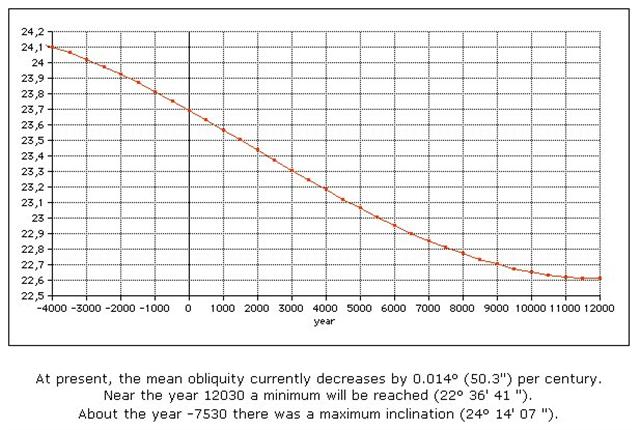 (22║ 36' 41" + 24║ 14' 07") / 2 = [(22 * 60 * 60 + 36 * 60 + 41)" + (24 * 60 * 60 + 14 * 60 + 7)"] / 2 = (81401 + 87247)" / 2 = 84324" = 23║ 25' 24". Therefore his blue figures were probably arranged in timespace and not in spacetime. We can guess 21║ represented 21 right ascension days, or rather - because zeroes were insignificant - 210 days. 210 (blue days) + 366 (grey days) = 576 = 3 * 192 = 12 * 48 = 12 (29 + 19) = 348 (glyphs on side b of the C tablet) + 228 = 584 (cycle of Venus) - 8 ... The tresses on the back side of the stone statue named Pachamama (in present Bolivia) can be counted as 182 + 214 = 396, which is 4 more than the number of glyphs on side a of the C tablet:
In the structure of the time frames we could probably recognize this addition with 4 as corresponding to for instance the number of days from December 26 (360) to December 30 (364 = 4 * 91 = 14 * 26 = 52 weeks). Likewise was the cycle of Venus 4 days longer than 20 * 29.
And according to Metoro day 360 (December 26) could be described by referring to the kava ceremony: ... Yet even more dramatic conditions are imposed on the sovereignity at the time of the ruler's accession. Hocart observes that the Fijian chief is ritually reborn on this occasion; that is, as a domestic god. If so, someone must have killed him as a dangerous outsider. He is indeed killed by the indigenous people at the very moment of his consecration, by the offering of kava that conveys the land to his authority (lewaa). Grown from the leprous body of a sacrificed child of the native people, the kava the chief drinks poisons him ... Sacred product of the people's agriculture, the installation kava is brought forth in Lau by a representative of the native owners (mataqali Taqalevu), who proceeds to separate the main root in no ordinary way but by the violent thrusts of a sharp implement (probably, in the old time, a spear). Thus killed, the root (child of the land) is then passed to young men (warriors) of royal descent who, under the direction of a priest of the land, prepare and serve the ruler's cup ... the tuu yaqona or cupbearer on this occasion should be a vasu i taukei e loma ni koro, 'sister┤s son of the native owners in the center of the village'... Traditionally, remark, the kava root was chewed to make the infusion: The sacrificed child of the people is cannibalized by the young chiefs. The water of the kava, however, has a different symbolic provenance. The classic Cakaudrove kava chant, performed at the Lau installation rites, refers to it as sacred rain water from the heavens... This male and chiefly water (semen) in the womb of a kava bowl whose feet are called 'breasts' (sucu), and from the front of which, tied to the upper part of an inverted triangle, a sacred cord stretches out toward the chief ... The cord is decorated with small white cowries, not only a sign of chieftainship but by name, buli leka, a continuation of the metaphor of birth - buli, 'to form', refers in Fijian procreation theory to the conceptual acception of the male in the body of the woman. The sacrificed child of the people will thus give birth to the chief. But only after the chief, ferocious outside cannibal who consumes the cannibalized victim, has himself been sacrificed by it. For when the ruler drinks the sacred offering, he is in the state of intoxication Fijians call 'dead from' (mateni) or 'dead from kava' (mate ni yaqona), to recover from which is explicitly 'to live' (bula). This accounts for the second cup the chief is alone accorded, the cup of fresh water. The god is immediately revived, brought again to life - in a transformed state ... (Islands of History)
|
|||||||||||||||||||||||||||||||||||||||||||||||||||||||||||||||||||||||||||||||||||||||||||||||||||||||||||||||||||||||||||||||||||||||||||||||||||||||||||||||||||||||||||||||||||||||||||||||||||||||||||||||||||||||||||||||||||||||||||||||||||||||||||||||||||||||||||
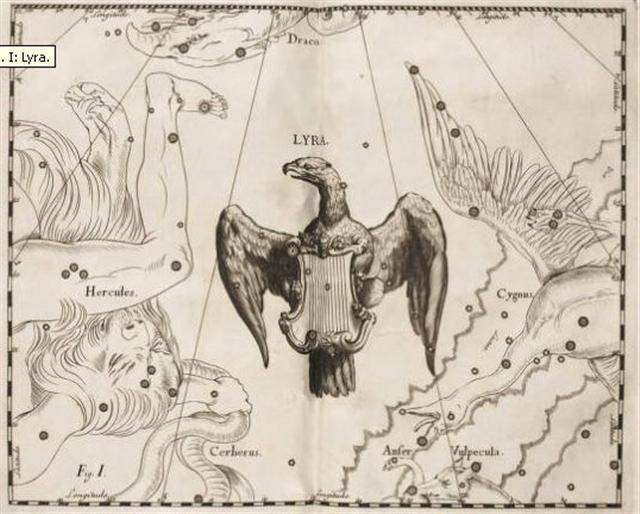
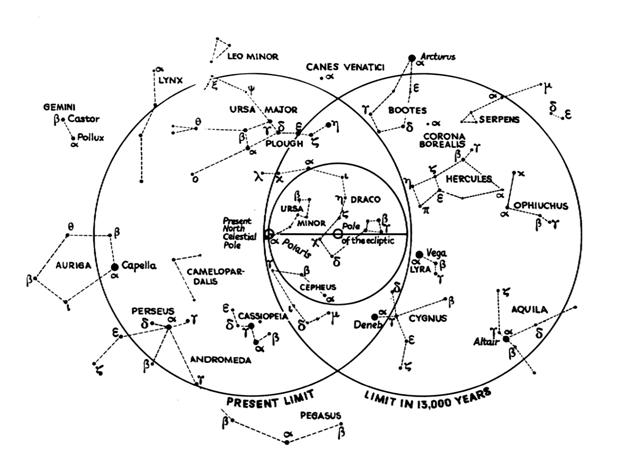
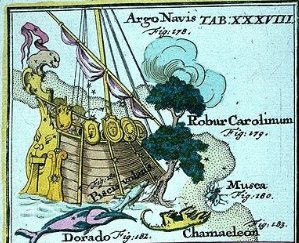

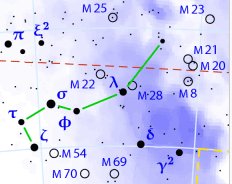
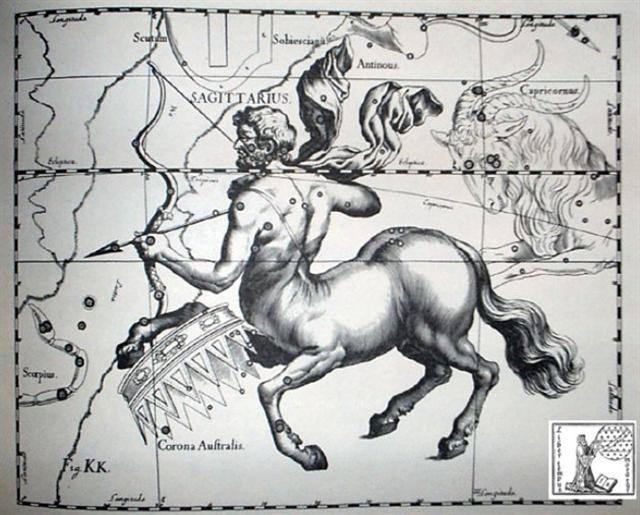
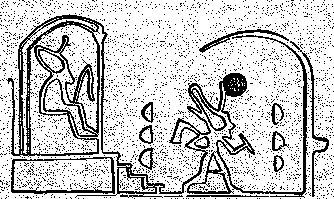
.jpg)

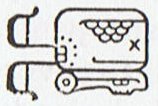





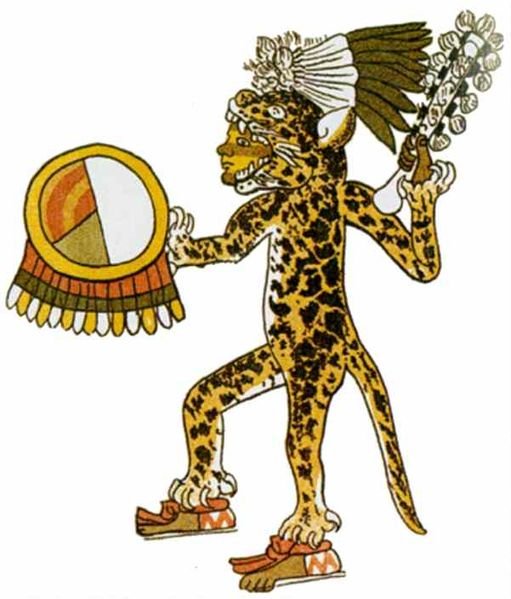
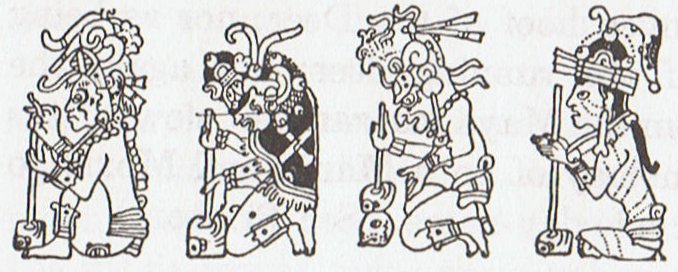
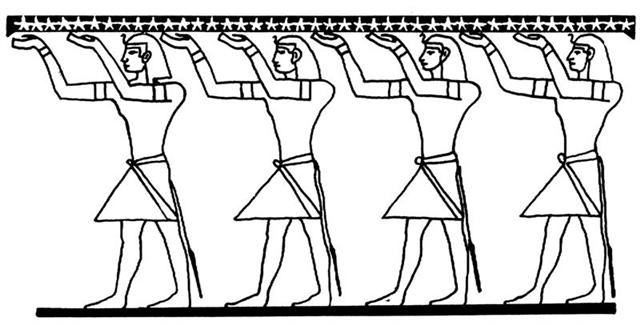
.jpg)